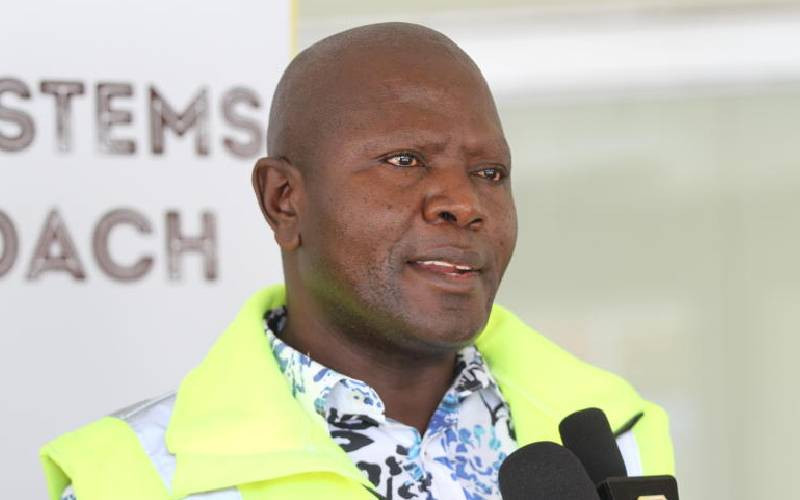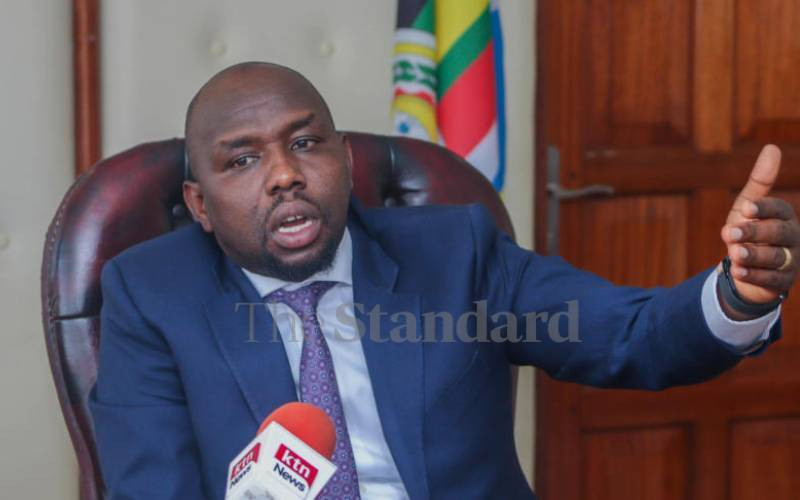
School children have always been on the receiving end of road crashes for various reasons that could easily be addressed if strict enforcement of laws was observed.
Since a huge percentage of crashes are attributable to human error, a new law has been proposed to protect school children from deaths and injuries while using our roads.
The Traffic (Amendment) Bill, 2014 states that too many of our children are being killed or maimed as they travel to and from school because our roads are too dangerous. The loss of our future generation not only destroys families but is also damaging to our economy.
The bill therefore seeks to have restrictions and safety features on roads near schools and ensure school transport vehicles are up to standard.
Quite a number of vehicles used for school transport are usually unroadworthy. After serving their course elsewhere – as public transport – these vehicles are retired to carry school children.
Speeding motorists
The World Health Organisation (WHO) has estimated that 8,484 people are killed on Kenyan roads annually even as more are maimed.
A WHO report dubbed Global Status Report on Road Safety 2013, further states that pedestrians and cyclists are especially at risk of an injury as a result of speeding motorists.
This vulnerability means particular attention needs to be paid to speed limits in areas with high concentration of these road users, such as near schools or in residential areas.
Children walking in and out of schools bear the greatest brunt due to their poor judgement ability and physical challenges, among other factors. This reality facing children is complicated further by the fact that school transport remains unregulated. Most pupils are carried in old vehicles that lack basic safety features.
The vehicles lack seat belts and child restraints which have been proved to reduce fatalities and injuries in case of a crash.
Thus the bill seeks to address key issues and gives Members of Parliament a unique opportunity to help protect our children.
The bill puts some proposals against facts that have been put forward in managing road accidents and the first culprit is speed.
Global Safety Partnership (2008) Speed management, a road safety manual for decision makers and practitioners, states that excessive and inappropriate speed is a major road safety concern for all countries. Speed determines the level of injury in case of a crash.
Stay informed. Subscribe to our newsletter
Last year, WHO noted that speed is a key risk factor for pedestrian injuries and fatalities. Lowering speed limits, backed by appropriate enforcement and education, makes roads safer and helps reduce the numbers of serious injuries and fatalities.
Safety features
The bill, therefore, seeks to have speed levels lowered significantly along areas mostly used by school children. It proposes lowering of speed limits on roads surrounding schools to 30km/h and installing calming systems and safety features on these roads.
The bill also proposes introduction of statutory penalties for drivers exceeding the speed limit by fining them by the number of units by which speed is exceeded.
Also in the works is a plan to ensure that school transport vehicles conform to specified standards.
Clause three of the bill introduces statutory penalties upon contravention of set speed limits. Incidental to this clause, the First Schedule sets the limit of ?nes to be paid upon violation of the speed limits. The ?nes range from Sh10,000 to Sh25,000 depending on the magnitude of contravention.
Clause four stipulates that school transport vehicles shall be ?tted with child safety equipment.
The World Bank, through its Road Safety arm, estimates that between 3,000 to 13,000 people lose their lives annually to road carnage.
 The Standard Group Plc is a
multi-media organization with investments in media platforms spanning newspaper
print operations, television, radio broadcasting, digital and online services. The
Standard Group is recognized as a leading multi-media house in Kenya with a key
influence in matters of national and international interest.
The Standard Group Plc is a
multi-media organization with investments in media platforms spanning newspaper
print operations, television, radio broadcasting, digital and online services. The
Standard Group is recognized as a leading multi-media house in Kenya with a key
influence in matters of national and international interest.
 The Standard Group Plc is a
multi-media organization with investments in media platforms spanning newspaper
print operations, television, radio broadcasting, digital and online services. The
Standard Group is recognized as a leading multi-media house in Kenya with a key
influence in matters of national and international interest.
The Standard Group Plc is a
multi-media organization with investments in media platforms spanning newspaper
print operations, television, radio broadcasting, digital and online services. The
Standard Group is recognized as a leading multi-media house in Kenya with a key
influence in matters of national and international interest.










